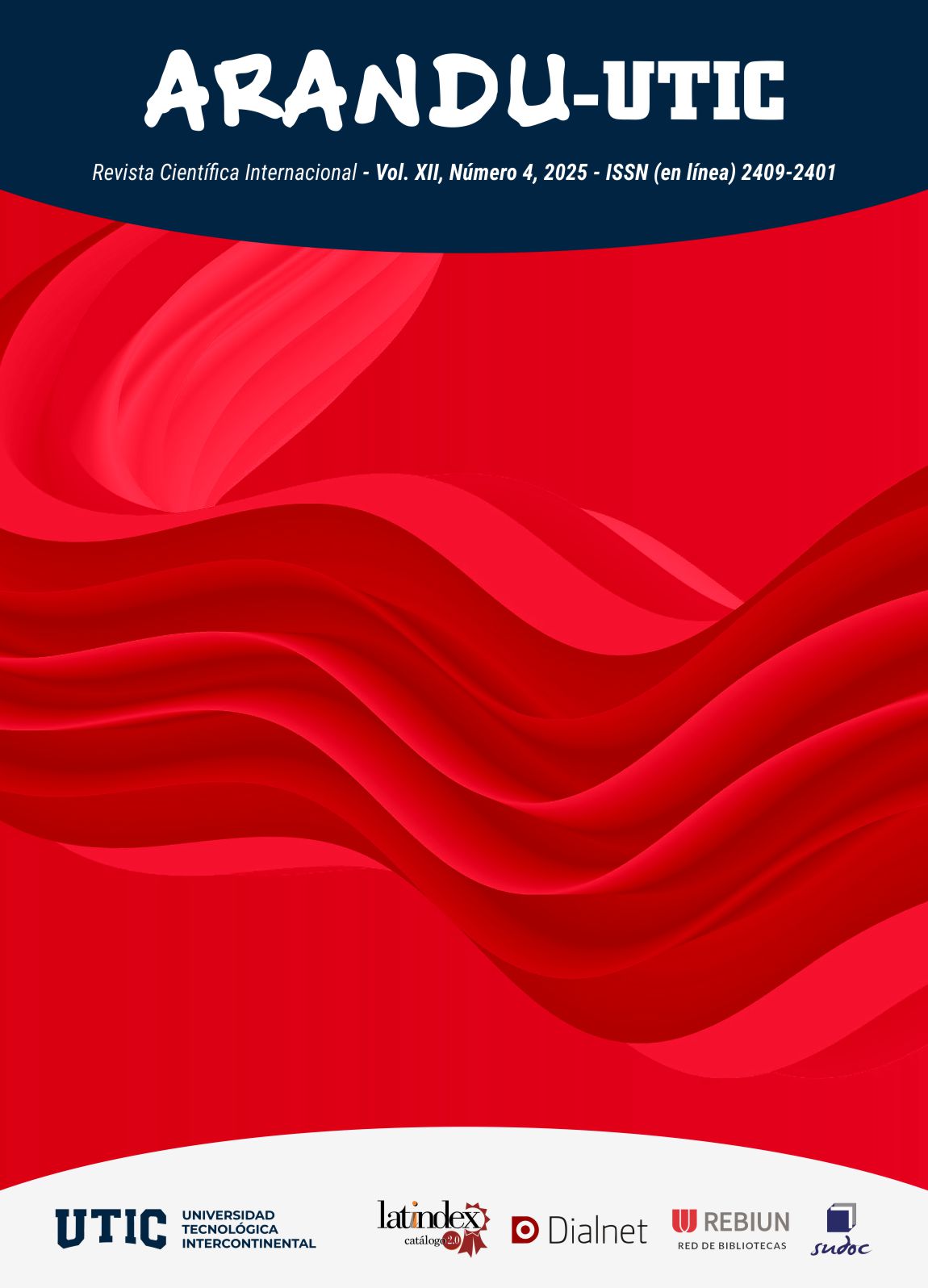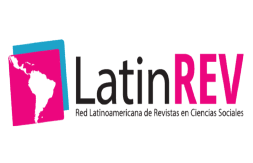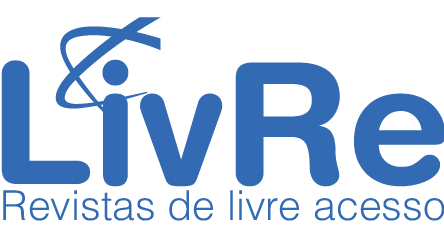Collaborative Learning to develop English Speaking Confidence in A2 students
DOI:
https://doi.org/10.69639/arandu.v12i4.1707Palabras clave:
collaborative learning, speaking confidence, English teachingResumen
This research analyzes how collaborative learning impacts increased English speaking confidence among tenth-grade elementary school students with an A2 level (specific level of language proficiency within the Common European Framework of Reference for Languages) who attend a rural school in Ecuador. In this context, students face challenges such as technological limitations, limited language practice, and traditional grammar-focused methods, which affect their motivation and self-esteem when communicating verbally. Using a qualitative-quantitative approach and a quasi-experimental design that included pre- and post-assessments, collaborative strategies such as role-playing, puzzle-like activities, and peer feedback were implemented over a four-week period. The tools employed consisted of structured observation lists and rubrics to measure oral performance. The findings are anticipated to highlight significant improvements in students' fluency and self-confidence, as well as the development of a replicable methodological guide, contributing to effective and inclusive English teaching in rural areas. This study aims to contribute to educational innovation and teacher professional development through a participatory and transformative approach.
Descargas
Citas
Barkley, E., Cross, P., & Major, C. (2005). Collaborative Learning Techniques. San Francisco: Jossey-Bass.
Bonilla, E. (2020). Metodología de la investigacion. Mexico: Continental S.A.
Common European Framework of Reference for Languages (CEFR). (30 de 08 de 2025). www.coe.int. Obtenido de https://www.coe.int/en/web/common-european-framework-reference-languages/level-descriptions
Gillies, R. (3 de Marzo de 2016). ro.ecu.edu.au. Obtenido de https://ro.ecu.edu.au/cgi/viewcontent.cgi?article=2902&context=ajte
Guillen, W. (2024). Aprendizaje cooperativo para fortalecer la convivencia escolar en. Lima: UCV. Obtenido de
Guzhñay, K. (2021). Las rúbricas de evaluación formativa para los aprendizajes de lengua y literatura. Machala: UTMACH.
Heredia, G., Ochoa, F., Veloz, A., & Villegas, L. (23 de Agosto de 2024). revistasocialfronteriza.com. Obtenido de https://www.revistasocialfronteriza.com/ojs/index.php/rev/article/view/391#:~:text=Al%20promover%20la%20interacci%C3%B3n%20positiva,a%20toda%20la%20comunidad%20escolar
Jiménez, A. (2021). Lenguaje oral y rendimiento escolar en educación infantil. Madrid: UNIR. Obtenido de https://reunir.unir.net/handle/123456789/11577?utm_source=chatgpt.com
Johnson, D., & Johnson, R. (24 de Octubre de 2012). www.scirp.org. Obtenido de https://www.scirp.org/reference/referencespapers?referenceid=589667
Ochoa, C. (29 de Mayo de 2015). www.netquest.com. Obtenido de https://www.netquest.com/blog/muestreo-por-conveniencia?utm_source=chatgpt.com
Red Holos XXI. (1 de Febrero de 2023). redholosxxi.com. Obtenido de https://redholosxxi.com/reflexiones-eticas-en-el-proceso-de-investigacion-educativa/?utm_source=chatgpt.com
SAGE Advices. (5 de Noviembre de 2020). hmedia.wizards.com. Obtenido de https://media.wizards.com/2020/dnd/downloads/SA-Compendium.pdf
Sierra, R., & Sosa, K. (14 de Julio de 2020). cuaed.unam.mx. Obtenido de https://cuaed.unam.mx/publicaciones/libro-evaluacion/pdf/Capitulo-14-LISTA-DE-COTEJO.pdf?utm_source=chatgpt.com
Slavin, R. (3 de Diciembre de 2014). www.redalyc.org. Obtenido de https://www.redalyc.org/pdf/167/16731690002.pdf
Zoltán, D. (Enero de 2010). ve.scielo.org. Obtenido de https://ve.scielo.org/scielo.php?script=sci_arttext&pid=S0798-97092010000100007
Publicado
Cómo citar
Número
Sección
Licencia
Derechos de autor 2025 Oscar Renato Camacho Castillo, Jacqueline Elizabeth López López, Josué Reinaldo Bonilla Tenesaca, Diana Carolina Egas Herrera

Esta obra está bajo una licencia internacional Creative Commons Atribución 4.0.





















